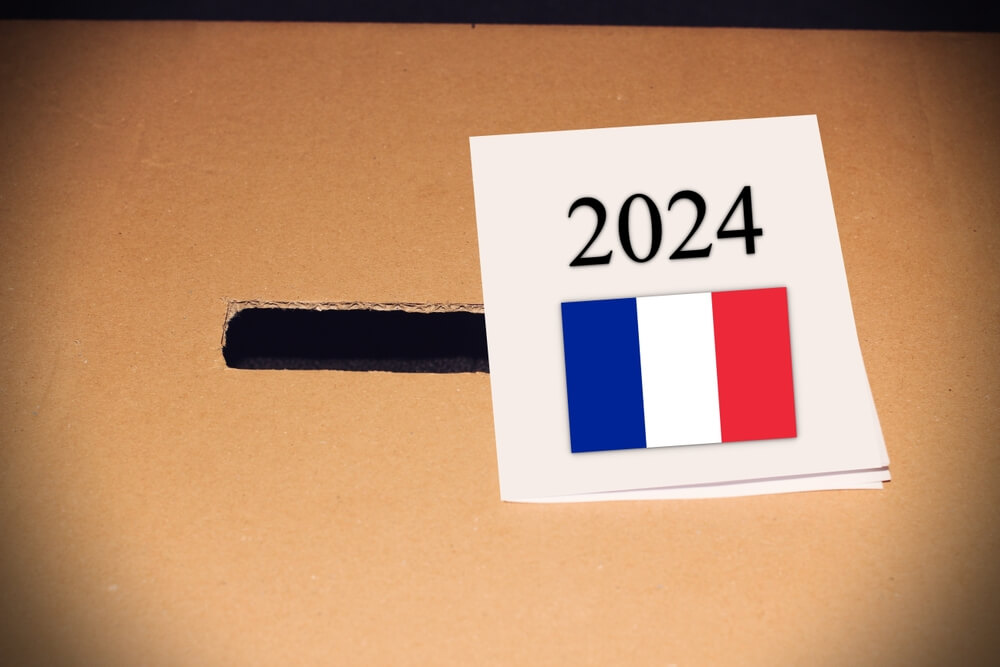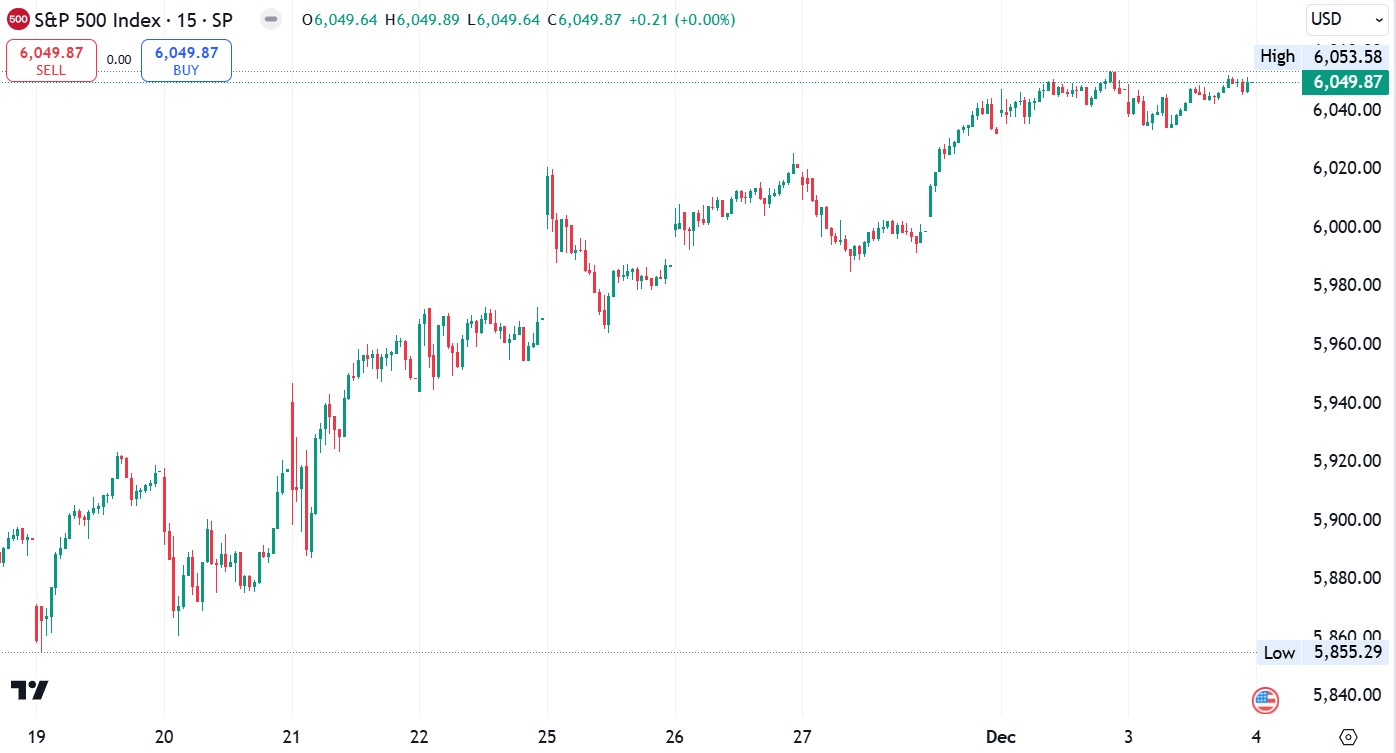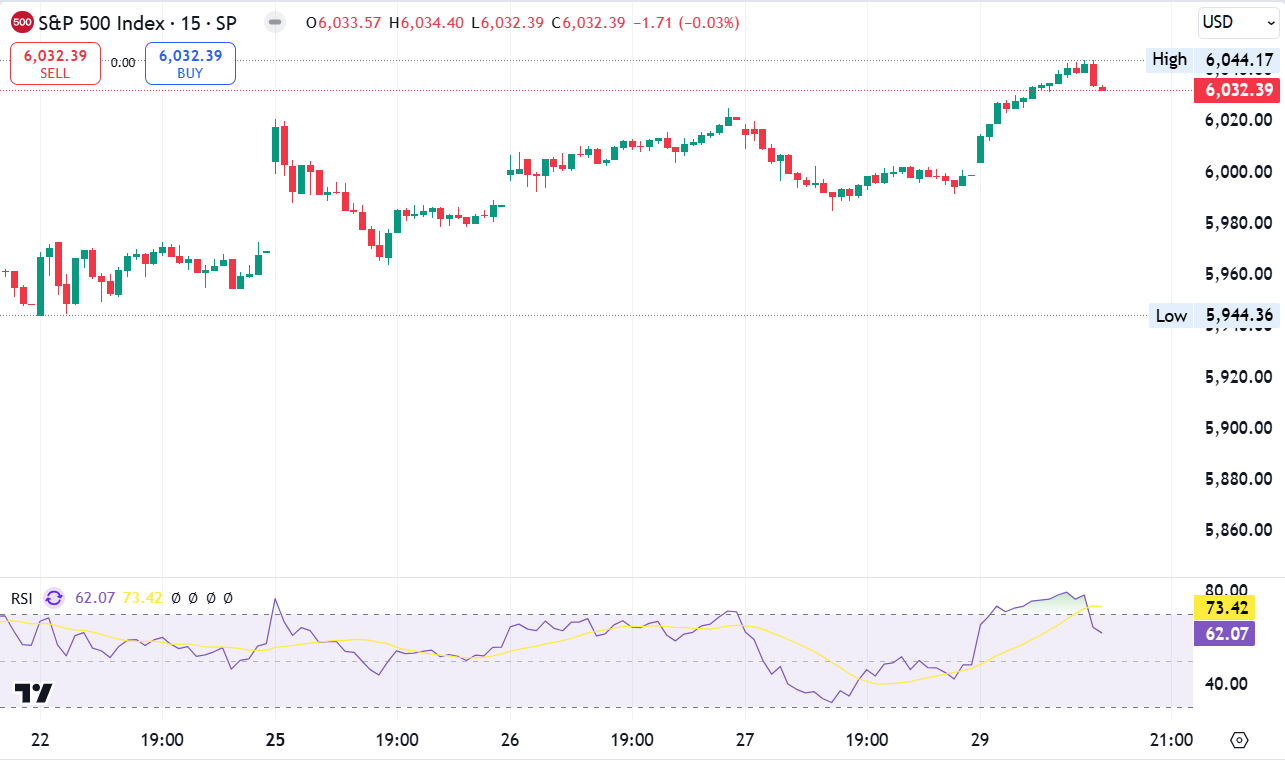
Election in France: A Closer Look at a Second Round
Election in France: Analysis of the Election Results
A left-wing alliance will have the most seats in the French parliament after tactical voting permitted them to outvote Marine Le Pen’s far-right party in Sunday’s second-round election. Still, France will remain in a dilemma after no party grabs a clear mandate.
The biggest revelation came when New Popular Front took the lead with 182 seats. Emmanuel Macron’s Together alliance followed with 163 seats in the middle of them. The far right was the third one with 143 seats, underlining the popularity of the tactical approach against the National Front by Marine Le Pen. They had built an indisputable buffer in the first round. Still, they fell short in the second after being bombarded with tactical voting, failing to win a single government seat.
Although the left alliance gathered most seats, it was still more than 100 seats short of the majority. The uncrowded race was attributed to the relatively high voter turnout of about 67%. No group is securing a majority because of the lack of 289 seats, the minimum requirement for a single group to govern. The parliament generally splits into three blocs: the left, centrists and the far right.
New Administration
France is currently going through a time of unique insecurity over the future of its government and its anticipated new head of the cabinet. It is expected to take weeks to form a new administration. Uncertainty about the administration’s structure grows with the Paris Olympics starting in about two weeks.
The prime minister, Gabriel Attal, said he will submit his resignation letter to President Macron on Monday morning. However, he also voices his probability of holding this position for a term. If necessary to the new government while it is organizing.
Election and Formation
When the ruling party or government on either side has the Assembly, they have at least 289 representatives out of the 577 seats, and appointing a prime minister from its ranks is unavoidable. The absolute majority is unlikely if the primary ballot results remain unchanged. The only group with potential change to achieve that would be the far-right Rassemblement National (RN) and its allies or from the left.
“A situation of cohabitation” is when the president, representing an entirely different political party, and the prime minister are in the same government. Hence, it is the president’s responsibility to appoint the prime minister, but this appointment cannot be against the will of the Assembly.
As a result, a no-confidence motion can arise if a government auto electricity is going haywire regarding the parliamentary majority. Thus, he would need to pick someone from the majority. Such different-to-common examples, as Mitterrand did in 1986 and 1993 and Chirac did in 1997, are the way they chose the opposite political candidates to them.
What the Results from the Election in France Mean
The RN presented a very strong showing in the first round that it brought fears of France electing its first far-right government since the collaborationist government of World War II. Even if Sunday’s outcome is totally surprising, the results are a real kick for the far-right supporters in France. Alternatively, it could mean a shift toward the left in power, even without a majority government.
In Paris, people cheered loudly as the results proposed a left-wing victory. While addressing the crowd of his supporters, Jean Luc Mélanchon, the tough leader of Unbowed France, said that the results turned out to be the “enormous relief of almost all people in our country.” Meanwhile, Jordan Bardella, the far-right RN’s 28-year-old leader, commented that France had been thrown into a state of “uncertainty and instability.”
The current Prime Minister of France, Gabriel Attal, the protégé of President Emmanuel Macron, stated that he would step down on Monday morning, but it is still unclear who will take his place. The Sunday charts or data show that Emmanuel Macron will work with the closest figures from the leftist coalition as he might have to utilize the uncommon de facto situation of so-called “cohabitation”.
Nevertheless, people in the party Macron admitted several times that they would not cooperate with the France Unbowed party. They argue it is as extreme as the RN, hence unfit to govern, so the latter is not ruled out completely. Mr Macron’s office said, “The president, in his capacity as protector of our institutions, will approve the results of the French people.”
Who Won France’s Election, and What is the left-wing NFP Coalition?
Just one month earlier, no one knew who the New Popular Front (NFP) were. Now, they have emerged as the party with the most representatives and are pushing the country into territory it has never been before.
The leftist coalition consists of the following parties: the even-further-to-the-left party of France Unbowed, the rather mild Socialist Party; the Green Ecologist Party; the French Communist Party; the centre-left Place Publique, and several others. This unity was exhibited immediately following the announcement that President Emmanuel Macron called for an emergency France parliamentary election.
As the French Interior Ministry reported, NFP obtained 182 places in the National Assembly, thus becoming the largest group but still being 12 seats short of the absolute majority.
Macron’s Ensemble party has stated on numerous occasions that they are not ready to work with France Unbowed, as the movement is just as radical,,, they are dissuading it from running the country as the RN.
The election was based on a monetary campaign about raising the minimum wage to a certain amount, pinning the price of vital goods, and getting rid of Macron’s pension reform, which the French people very much dreaded. On the foreign policy point, the NFP has stated that it plans to “discuss the immediate recognition of the Palestinian State” and to urge Israel and Hamas to stop fighting in Gaza.
Election in France and Political Map
Even before the votes were counted, the election completely changed the political map of France. It united the parties on the left to put aside their differences and come together in the new leftist coalition. The coalition’s draft plan includes a rollback of many of Macron’s headline reforms, a large public spending program and a harder line to Israel.
Macron labelled the left’s coalition as a left society. The coalition claims that its economic program with several tens of billions of euros in public spending, aligned with tax increases for high earners and on wealthy, will potentially harm France, EU watchdogs warn about the debt.
However, the New Popular Front’s heads demanded Macron to grant this political block the first right to set up the cabinet and offer a prime minister.
Unified ANTI-RN VOTE
Le Pen’s RN was a major letdown, considering weeks of opinion polls consistently predicting it would be a comfortable winner.
The left and centrist alliances formed after the first round of voting last week by removing numerous candidates from three-way races to thwart the divisions of the distant right. Le Pen will likely be the candidate for her party in the 2027 presidential election. Last Sunday’s ballot marked a significant rise for the RN compared to previous elections, laying the groundwork for the future.
Left-Wing Fragmentation in France
These rifts deeply affected the left on more than one occasion in the past year, particularly after the Hamas attack on Israel on October 7th.
The France Unbowed’s strongest disagreement arose over the far-left bloc’s harsh criticism of Israeli military actions in conjunction with Hamas. The bloc accused them of perpetrating genocide against Palestinians.
The Socialists in the European Union elections had their banner to run on following their independent campaign just last month with about 14% votes their share. France Unbowed received lower than 10%, and the Greens 5.5%. Still, by summoning snap legislative elections, Macron forced the left into an early agreement to develop a new coalition, the New Popular Front.
Their joint platform guarantees that the minimum wage will increase from 1,400 to 1,600 euros. Moreover, a joint party will restore Macron’s pension law that raised the retirement age from 62 to 64 and the prices of basic food products and energy will remain same.
Likely, in the framework of a more general policy of co-administration, such negotiations, if they exist, will involve long and hard discussions since this kind of political practice does not exist in France.
Macron’s Attitude
The agreement might take the view of a loose, informal partnership, which will probably be quite weak. Macron remarked that he would rather not cooperate with the radical France Unbowed party but is ready to work with the Socialists and the Greens. They may be against it, nevertheless.
The French equity fell, and the difference between the risk premium of the French bonds and those of Germany has risen. The Euro depreciated on Monday, as elections have left France with a coalition government and the inevitable taxing discussions.
Surprisingly, the left-wing party, buoyed by French voters’ support, has defeated Marine Le Pen’s desire to establish the far-right National Assembly. Still, no single party secured a stable majority.
Overall, the election in France has ushered in a new political landscape. The dominant left-wing presence in parliament is intimidating and requires careful strategic planning. It is hard to predict the final results of the election in France’s future political development to establish a cohesive government agenda.
The post Election in France: A Closer Look at a Second Round appeared first on FinanceBrokerage.



